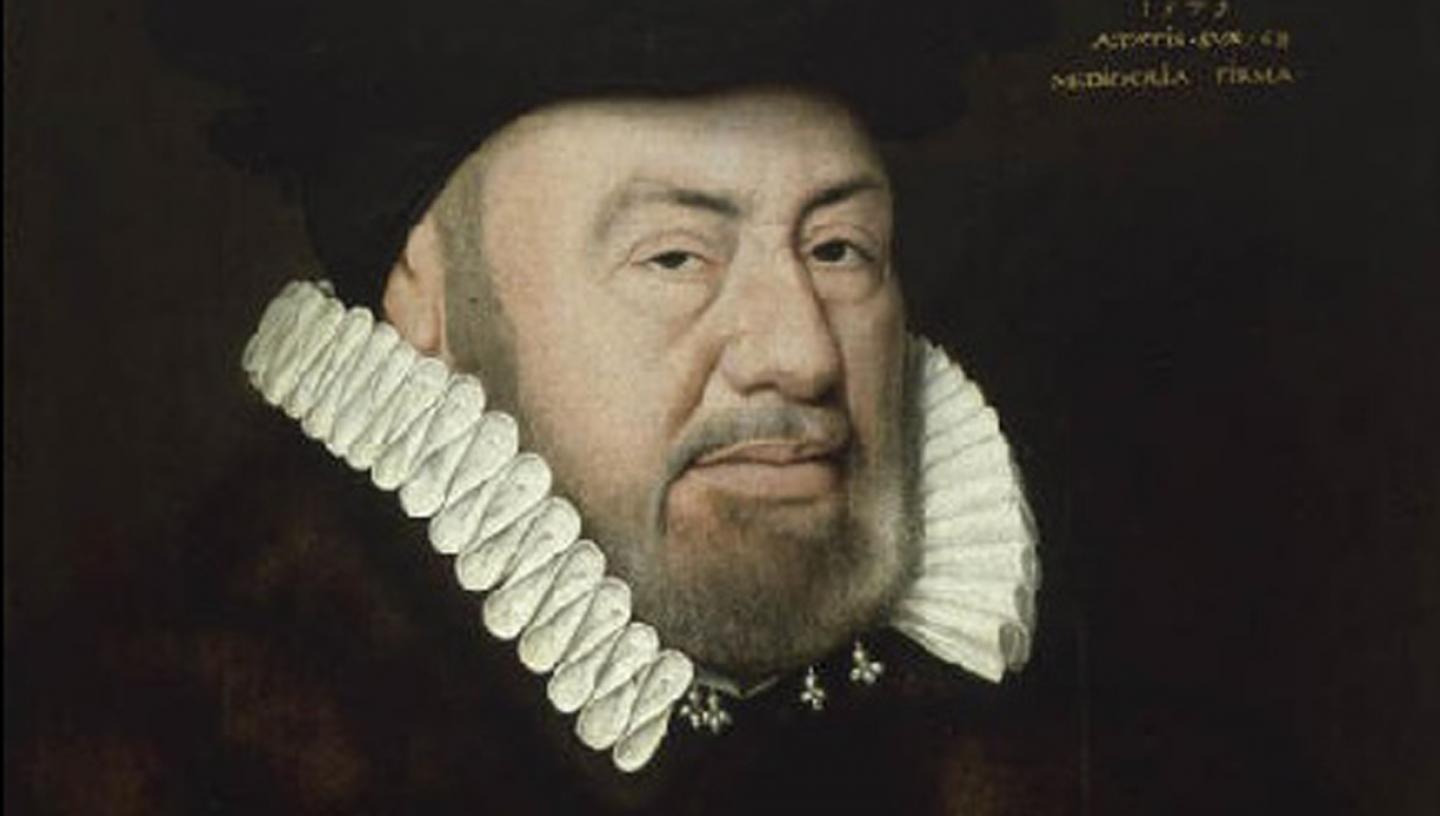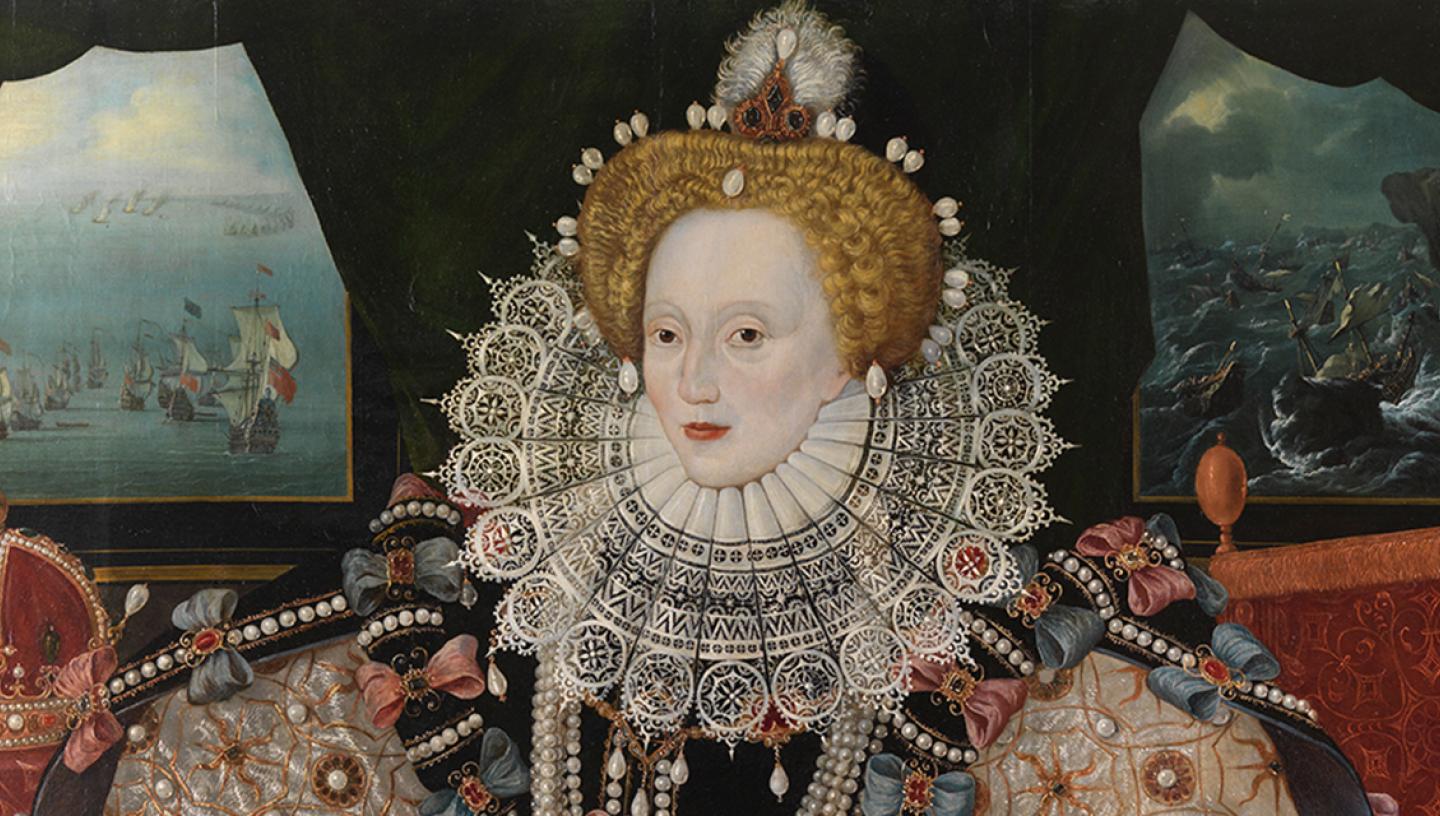
Elizabeth I's religious settlement
Queen Elizabeth I inherited a nation suffering from religious flux, but went on to build a stable, peaceful nation.
- 1534: The Reformation of Henry VIII made England’s monarch the spiritual and secular head of the realm.
- 1547: Protestantism is continued under Edward VI.
- 1553: Queen Mary I reversed this decision when she restored Roman Catholicism as the state religion, and the Pope became head of the church once again.
- 1559: Queen Elizabeth wished to create a new moderate religious settlement derived from Henry VIII's break from Rome. She established the Church of England in 1559.
Queen Elizabeth I and religion
Queen Elizabeth I wanted to build a stable, peaceful nation with a strong government, free from the influence of foreign powers in matters of the church and the state. To realise this vision it was necessary to reach a new religious settlement that was as inclusive as possible. Changes needed to be introduced with a minimum of confrontation in order to overcome fear and suspicion at home and abroad.
The choice of state religion would have political consequences, whatever the decision. Choosing to remain Catholic would surrender power to Rome and ally England with other Catholic states, such as France and Spain. Returning to Protestantism would align England with the Dutch, its main trading partner, but risked antagonising Spain, the most powerful nation in the world. Protestantism would also create a fear of persecution among England’s Catholics.
Building a united and prosperous England
Elizabeth's first Parliament was inaugurated on 25 January 1559. Queen Elizabeth was in attendance for the opening speech which was delivered by Nicholas Bacon, the Lord Keeper of the Privy Seal. As spokesman for the government, Bacon delivered its mission statement, ‘to unite the people of this realm into a uniform order of religion'.
Bacon outlined the course to reach this goal by explaining that members were not to insult each other with terms like 'heretic', 'schismatic' or 'Papist'. They were not going to waste time on abstract theological debates, but rather get down to the business at hand of finding concrete solutions to the problems of the day. Matters were to be debated in a respectful fashion. Extremism would not be tolerated and name-calling and mud-slinging would not move things forward. In this address, Elizabeth deliberately disassociated herself from the unpopular regime under Queen Mary I by signalling how hers would be different.
Debating the Elizabethan religious settlement
The first act passed by the House of Commons in February 1559 joined together a bill of supremacy, establishing Queen Elizabeth I as head of the church, with one of uniformity, dealing with the type of faith and service. The proposed settlement was roundly rejected and adulterated by the House of Lords, with its Catholic majority.
Elizabeth and her pro-reform ministers had to regroup and plan another strategy. A debate was scheduled during the Easter recess between a team of Catholics and a team of Protestants, with the Privy Council as judge and Bacon as Chairman. The debate quickly descended into name-calling and two of the Catholics were sent to the Tower for contempt.
What was the Act of Supremacy?
When Parliament reconvened in April, the two issues were presented separately and considerable concessions were made. The revised Act of Supremacy still abolished papal supremacy, but defined Elizabeth as Supreme Governor, rather than Supreme Head, of the church. This change of title placated those who did not feel that a woman could be the head of the church, and the act passed fairly easily.
What was the Act of Uniformity?
The Act of Uniformity of 1559 set out the groundwork for the Elizabethan church. It restored the 1552 version of the English Prayer Book but kept many of the familiar old practices and allowed for two interpretations of communion, one Catholic and one Protestant. The bill was hotly debated but eventually passed by three votes.
Using our collections for research
The collections at Royal Museums Greenwich offer a world-class resource for researching maritime history, astronomy and time.
Find out how you can use our collections for research



